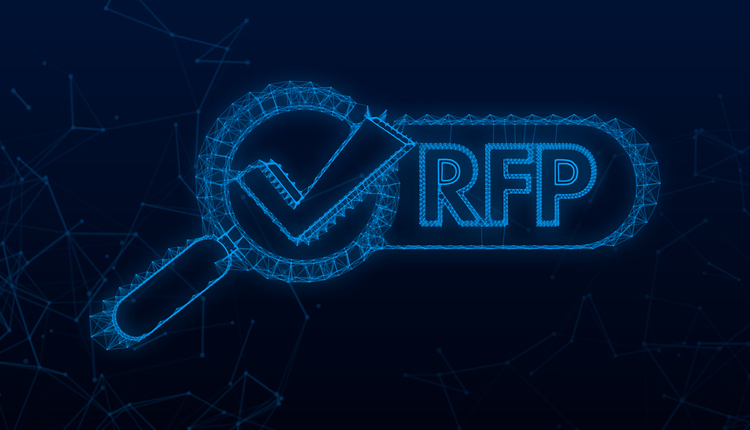Why do some shipping programs thrive in uncertain times while other equally invested peers do not?
The answer to this puzzle may lie in how a shipper views their own program.
Those who manage their programs tactically may employ an “emergency mindset” in times of supply chain uncertainty. These are shippers that struggle with increasing costs year-over-year, may reject helpful technological advances, and may not account for service delays in times of peak demand. They are only thinking in terms of the latest emergency — the latest fire to be put out.
As a result, shippers may lose out on fruitful carrier negotiations, may miss out on important data-backed insights, and could see lowered customer satisfaction due to service delays.
Those who believe that their own capabilities can expand over time, however, live with a “growth mindset.” Below are some strategies for developing a growth mindset in your shipping program, based on common issues seen among peers.
| Issue | Emergency Mindset | Growth Mindset | Reasoning | |
| Comparing this year to 2019
| “2019 is the last normal year!” | Shipper knows it is not wise to compare 2022 to 2019 as there is no “new normal” in the shipping environment. | The shipping environment has changed rapidly, with more dynamic fuel tables and peak surcharges erupting from the pandemic to account for steep pricing changes. E-commerce demands also grew 20% in less than a year, which put pressure on both major carrier networks. | |
| Capacity | “I am not sure about our capacity and am not sure the steps to add more.” | Shipper is aware of capacity issues and makes plans in the next fiscal year to add more capacity, utilizing more regional carriers like DHL or OnTrac. | Bottlenecks have been common at major ports in the United States. This has added to the struggle for shippers to get pickups from the major carriers. Shippers are now penalized for going above forecasting with UPS and FedEx, causing more peak surcharges and higher costs overall. | |
| Service Delays
| “What are these peak surcharges? Why is my network struggling to fulfill orders in Q4?” | Plans for service delays and has a protocol for alerting customers during peak times. | Shippers can think ahead and proactively move inventory to store locations. These shippers will often utilize a ship from store model to reserve DC capacity for those orders that must come from the DC. Spreading pickups means a shorter transit time and brings the shipment closer to the potential customer. | |
| Technology | “I don’t know the technology available to my shipping program or the insights my data can provide.”
| Knows that having proper business intelligence tools and accurate reporting can give insights into cost. | Shippers will often gain insights from business intelligence tools to investigate their most used service levels and shop around for better rates on a service they utilize often. There are services that allow shippers to rate shop across multiple carriers at lowest cost to customer based on a set due date. | |
Source: enVista
Shippers with the growth mindset tend to demonstrate the resilience required to convert the supply chain’s setbacks into future successes for their operations and their customers. Shippers who thrive in these markets often move inventory before peaks, utilize technology to keep visibility on program performance, and set up quarterly check-ins with their incumbent carriers. Their ability to learn from longer-term experience increases their program’s vitality and fitness in the current carrier’s market.
Which leads one to ask: Is it possible to shift from the emergency mindset to a growth mindset?
Absolutely! Shippers can build a better program from defining their future state goals, favoring real-time data on costs, and making room for future growth in their shipping programs. Shippers can also partner with qualified experts in the shipping industry to make this mindset shift more streamlined and customized to their program size.
Chelsea Snedden is a Transportation Consultant at enVista. She works with clients to model transportation scenarios, often interpreting complex agreements and evaluating historical data as the primary data analyst. With a background in sustainability and logistics, she brings a future-oriented perspective to managing transportation programs. Some of the customers she has worked with include Canva, GNC, Covetrus, and many others.
This article originally appeared in the July/August, 2022 issue of PARCEL.











